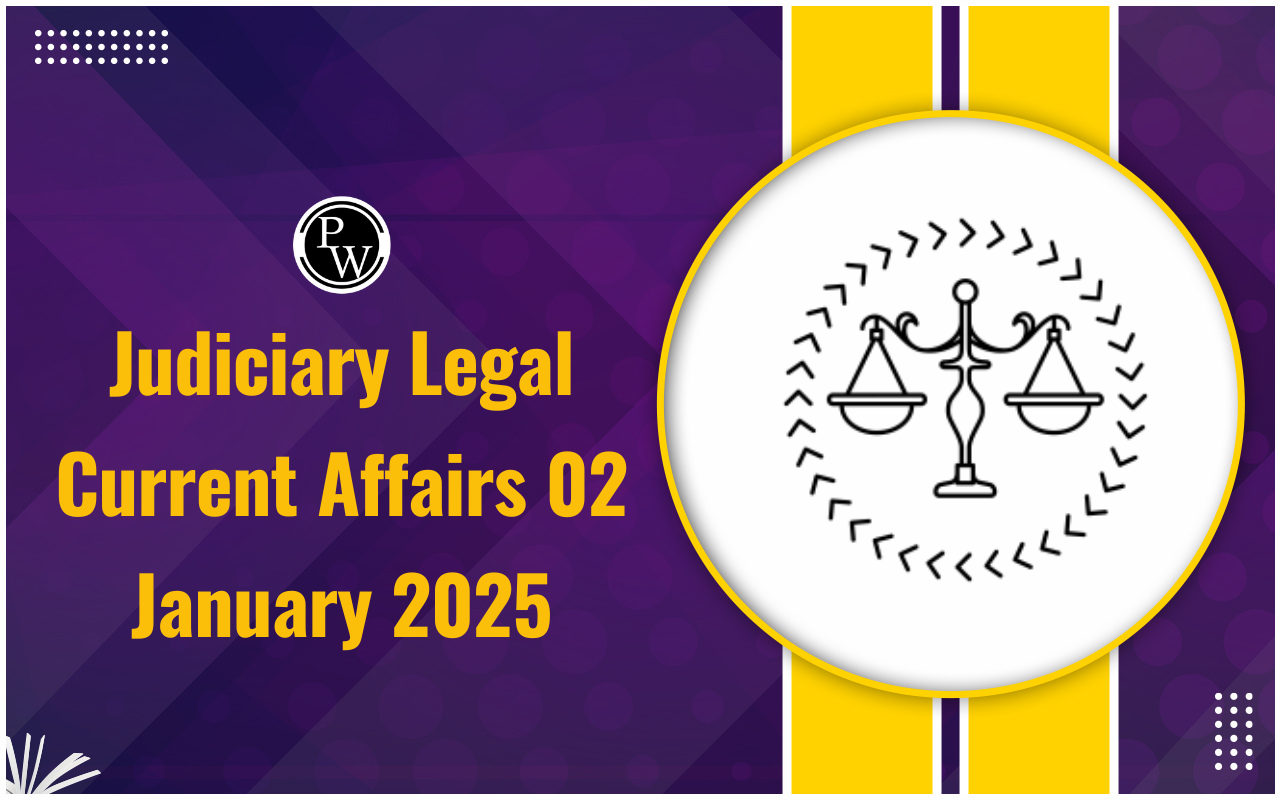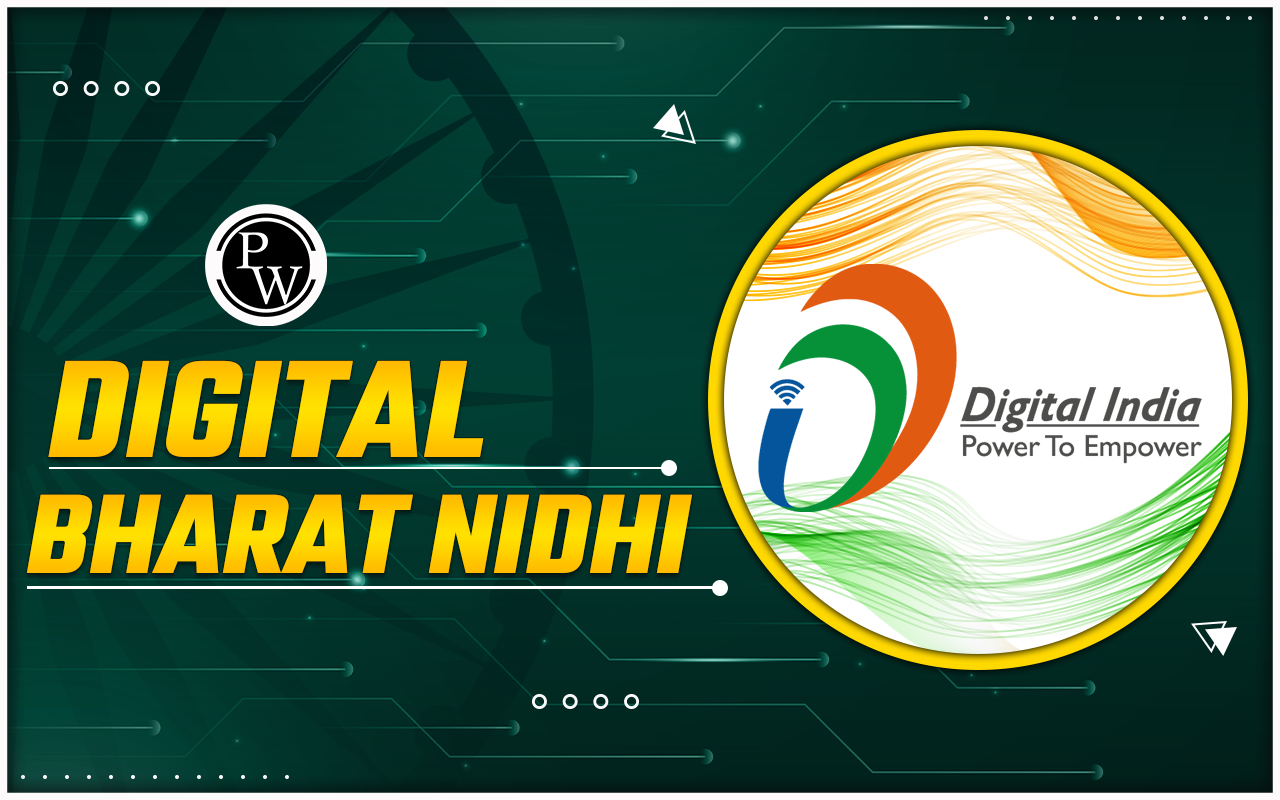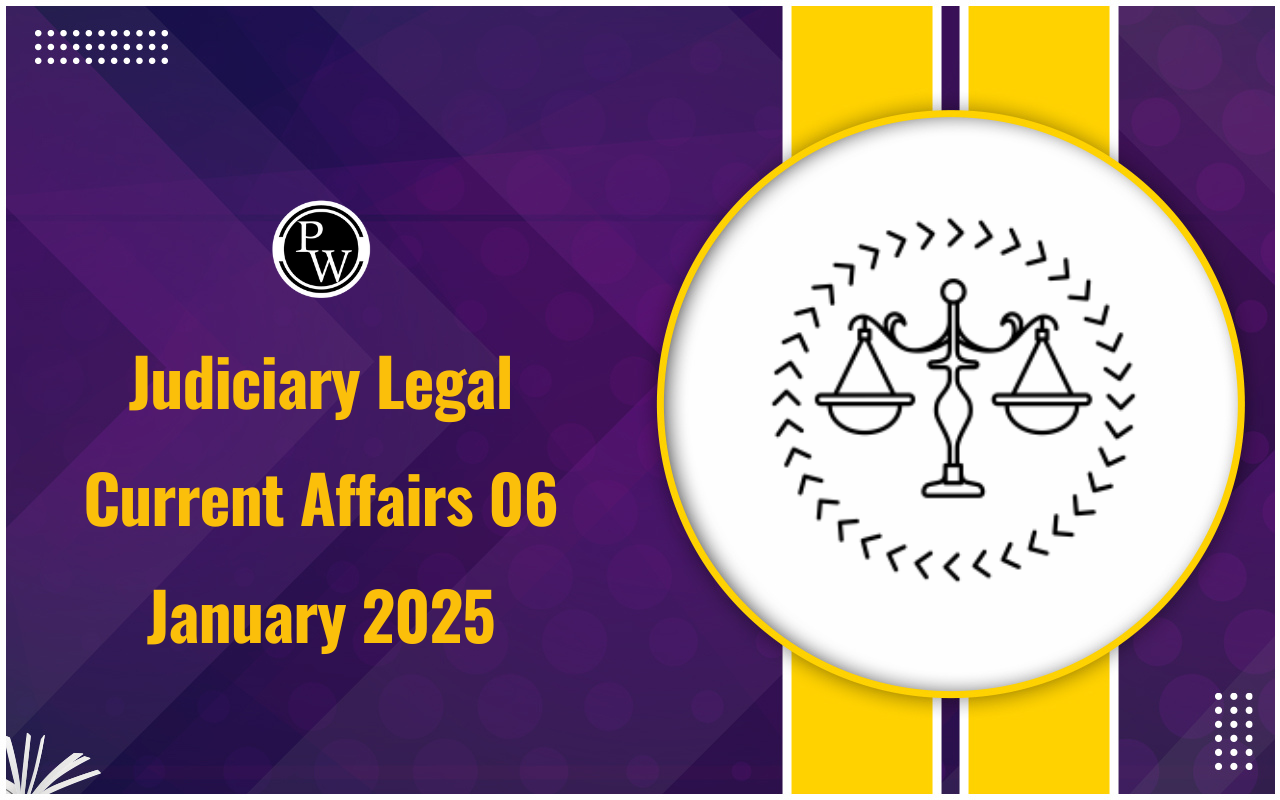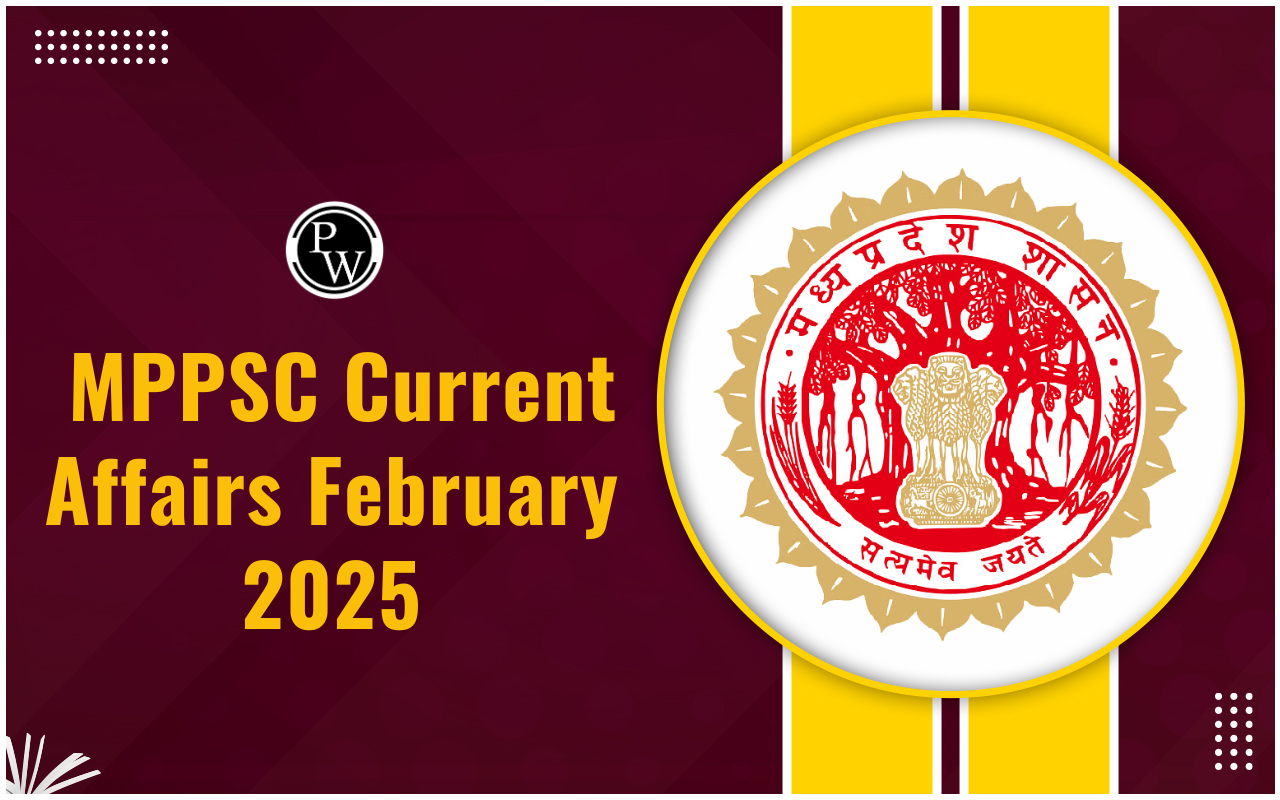
Risk Management in Banking: Risk management in Banking is an important part of banking. To show why, this guide provides an overview of risk management in banking, specifically discusses the types of risk management in commercial banks, describes bank risk management, provides an overview of banking risk management, and explains how to use business. Risk management software for banks.
Risk Management in Banking
A clear, formal risk management plan increases visibility. Standardizing risk management makes it easier to identify systemic problems affecting the entire bank. An ideal risk management plan for a bank serves as an action plan to improve performance by revealing key dependencies and control effectiveness. By executing the plan correctly, banks should ultimately be able to better allocate time and resources to the things that matter most. Size, brand, market share, and many other characteristics determine a bank's risk management program. However, all plans must be standardized, meaningful, and feasible. The same process for determining the stages of a risk management plan can be applied anywhere.Types of Risk Management in Banking
Credit Risk
Banks often lend money. Credit risk can be measured as the chance that the borrower will not repay the money. This can lead to disrupted cash flow, increased collection costs, and more.Market Risk
This refers to the risk that the value of an investment will decrease as a result of market factors (such as an economic downturn). This is sometimes called "systemic risk".Operational Risk
These are potential sources of loss arising from any operational event; e.g. poorly trained staff, technical failure, or data theft.Reputational Risk
Let's say the news is about a bank whose management is corrupt. This can damage their customer relationships, cause their stock price to drop, give their competitors an edge, and more.Liquidity Risk
Liquidity risk refers to the possibility that a bank will run out of physical cash even if it cannot convert its other assets into cash quickly enough. Consequently, it cannot meet its short-term obligations to creditors or customers. A recent trend that threatens to increase the liquidity risk of banks is the increase in the number of bank rounds. A bank run occurs when rumors of a bank's imminent collapse cause its customers to panic. They then try to get as much cash out of the bank as possible before they risk losing access to their money.Compliance Risk
A bank's compliance risk includes the risks a bank takes if it does not fully comply with applicable government laws or industry regulations. These can include fines, civil lawsuits, criminal charges, and even monetary penalties. Compliance risk also includes reputational risk. Banks exposed as non-compliant often lose the trust of their investors and customers, which reduces their ability to make money. They can also undermine consumer and investor confidence in the banking sector or the financial system as a whole.Risk Management Aspects
Effective risk management is crucial for banks. It is also a constantly evolving industry, which means that financial institutions need an adaptive approach that can meet the demands of the modern industry. India's economy is expected to become the third largest in the world by 2030. While banks are well positioned to benefit from this explosive growth, they are also stewards of a rapidly changing financial landscape and are thus likely to be exposed to increasing risks - both financial and operational. Of course, banks and companies have to take some risk to make a profit. But just as risks are necessary, so is the need for effective risk management. Banks face many risks both internally within the organization and through external factors. Effective risk management is the ability to identify, monitor and measure these risks and, if necessary, take action to reduce them. The most important risks of banks can be classified as follows:- business risk
- financial risk
- operational risk
- liquidity risk
- strategic risk, and
- technology/systems risk
Risk Management in Banking FAQs
Q1. What is Risk Management?
Ans. Bank risk management is the process by which a bank identifies, assesses and takes action to reduce the chance that its operating or investment decisions will cause something bad to happen.
Q2. What are the types of risk?
Ans. Liquidity, Interest rate, Credit, Operational, and Market Risks are the types of risks in the financial domain.
Q3. What is risk management in the banking sector?
Ans. Risk management in the banking sector refers to certain techniques adopted by the RBI to manage the risks of various banks.
Q4. What are the risk management techniques in the banking industry?
Ans. The CAMELS rating system, return-risk trade-off, and immediate corrective actions (PCA) are used for risk management in the banking sector.
🔥 Trending Blogs
Talk to a counsellorHave doubts? Our support team will be happy to assist you!

Check out these Related Articles
Free Learning Resources
PW Books
Notes (Class 10-12)
PW Study Materials
Notes (Class 6-9)
Ncert Solutions
Govt Exams
Class 6th to 12th Online Courses
Govt Job Exams Courses
UPSC Coaching
Defence Exam Coaching
Gate Exam Coaching
Other Exams
Know about Physics Wallah
Physics Wallah is an Indian edtech platform that provides accessible & comprehensive learning experiences to students from Class 6th to postgraduate level. We also provide extensive NCERT solutions, sample paper, NEET, JEE Mains, BITSAT previous year papers & more such resources to students. Physics Wallah also caters to over 3.5 million registered students and over 78 lakh+ Youtube subscribers with 4.8 rating on its app.
We Stand Out because
We provide students with intensive courses with India’s qualified & experienced faculties & mentors. PW strives to make the learning experience comprehensive and accessible for students of all sections of society. We believe in empowering every single student who couldn't dream of a good career in engineering and medical field earlier.
Our Key Focus Areas
Physics Wallah's main focus is to make the learning experience as economical as possible for all students. With our affordable courses like Lakshya, Udaan and Arjuna and many others, we have been able to provide a platform for lakhs of aspirants. From providing Chemistry, Maths, Physics formula to giving e-books of eminent authors like RD Sharma, RS Aggarwal and Lakhmir Singh, PW focuses on every single student's need for preparation.
What Makes Us Different
Physics Wallah strives to develop a comprehensive pedagogical structure for students, where they get a state-of-the-art learning experience with study material and resources. Apart from catering students preparing for JEE Mains and NEET, PW also provides study material for each state board like Uttar Pradesh, Bihar, and others
Copyright © 2025 Physicswallah Limited All rights reserved.
Get App









